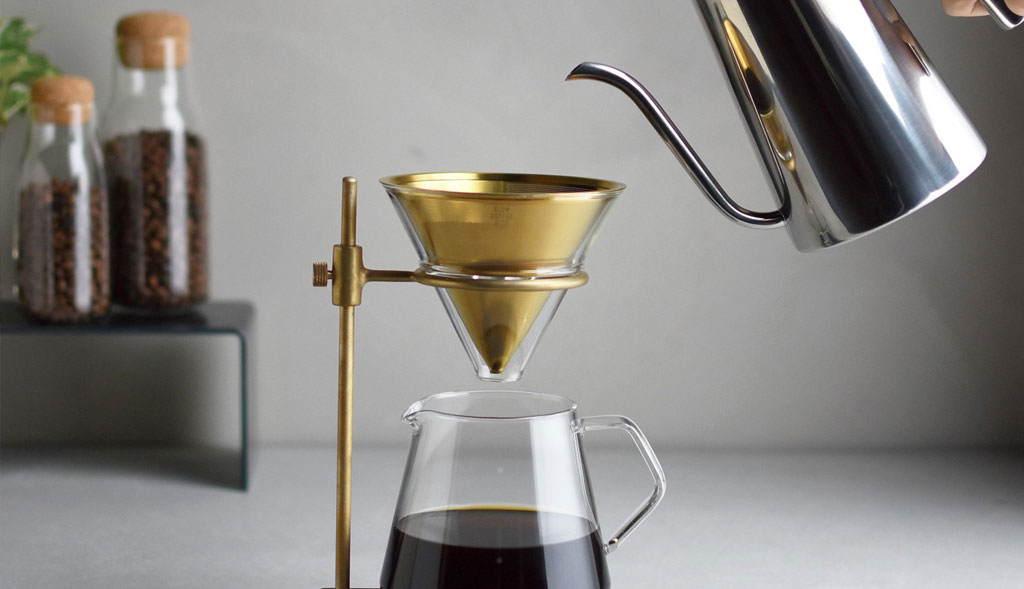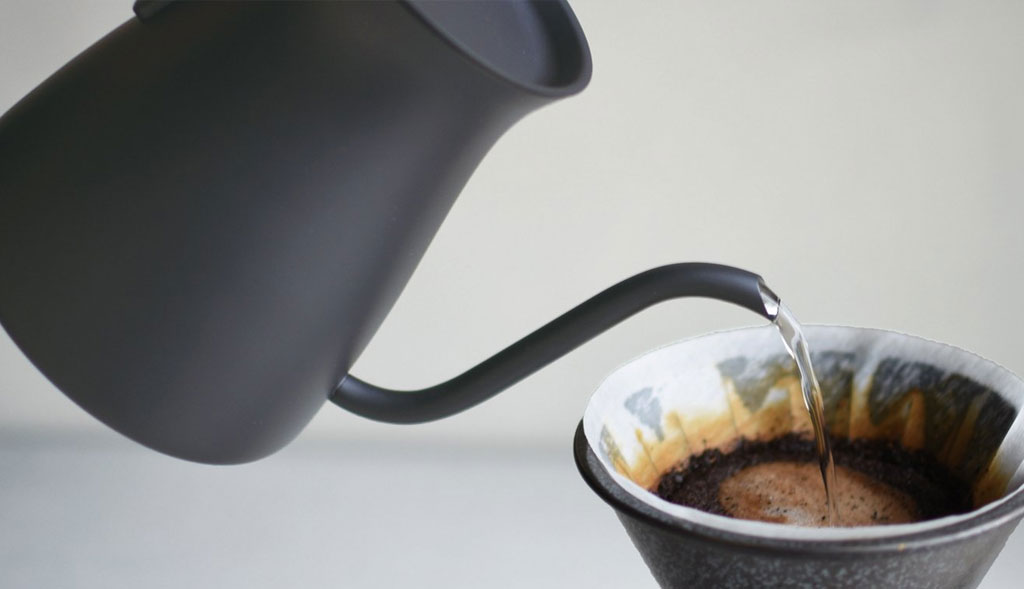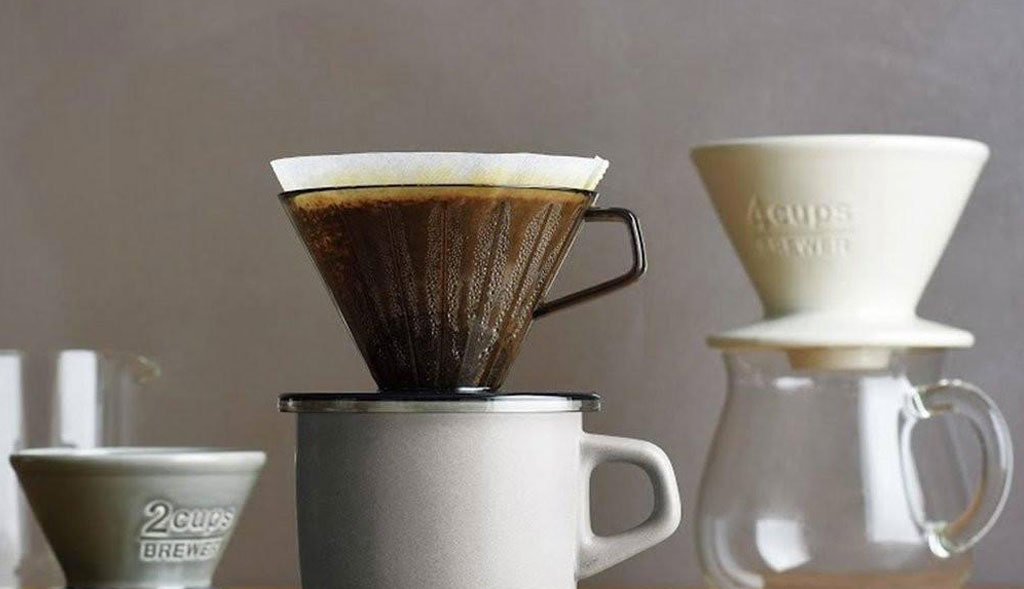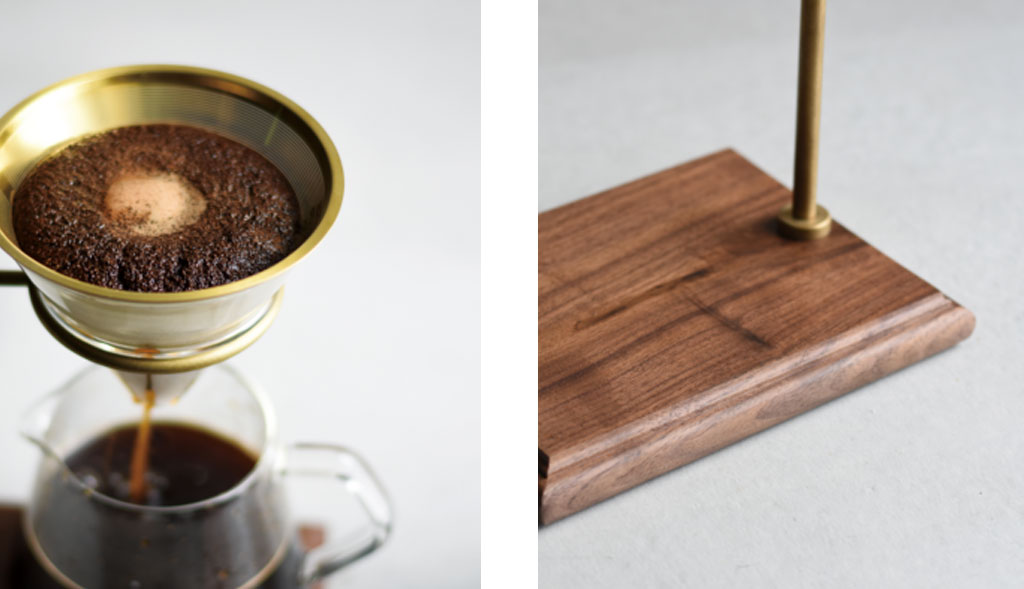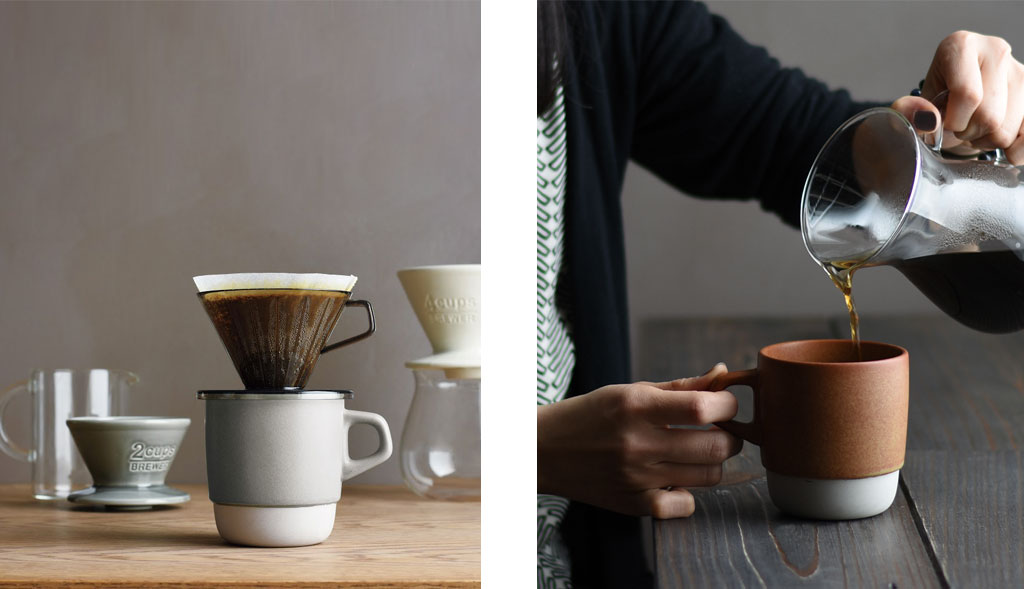At home with Kinto | An introduction to pourover coffee
Brewing Coffee At Home
If your experience with coffee to date consists of grabbing a quick on-the-go caffeine fix or guzzling 20 ounces (that's a Venti from your high street coffee shop) whilst rushing to your morning meeting then we're here to tell you...slow down - it doesn't have to be like this. Try a pour over.
There are a few common misconceptions people make about coffee. The main two are that "it's all the same" and that "coffee is bitter" - two things that should not be the case. There are infinite variations of coffee - some taste fruity, others have floral notes and some even taste like caramel - it all comes down to how the beans are produced, and roasted. The secret is in the origin of the coffee, the freshness of the beans and the way in which your coffee is brewed.
It's hard to beat an espresso based drink (Flat white, Cortado, Americano etc) but have you considered a pour over coffee? Pour over is a great way to truly experience coffee's natural flavours and encourages you to take a moment, slow down and enjoy the process. Best of all - you can do it at home without the need for an expensive espresso machine.
What is Pour Over coffee?
The clue is in the name really - the coffee is brewed by means of pouring water over coffee grounds. Simple. The brewing process is like a meditation : there are no flashy lights or electric cords, just a few simple tools. The result is a cup of coffee similar to what you'd get from a drip coffeemaker, but noticeably more delicate and complex.
In this post we're going to show you how to brew the perfect pour over coffee at home with Japanese brand Kinto. Their signature Kinto Slow Coffee Style collection is a perfect example of this ethos - the beautifully designed coffee pour over set encouraging us to take a few moments to enjoy the coffee brewing process rather than grabbing an instant coffee and running out the door.
Read the full guide below...
Perfect your Pour Over
Follow these simple steps for barista level coffee in the comfort of your own home.
1. Weigh your beans.
The bag your beans come from should have a recommended ratio in order to let you know how much coffee to use per ml of water. For example, if you were to buy Origin Coffee's Pathfinder you'd notice on the package that they recommend a filter ratio of 0.07:1 coffee to water and estimate that if ground correctly brew time should be between 3 - 4 minutes. So, for example if you were using 240ml water for one cup of coffee you'd want to use 16.8g of coffee.
2. Grind the coffee beans
The fresher your beans and the later they are ground before brewing, the better the cup of coffee will be. Not got a grinder? It's not the end of the world. Your can purchase your coffee pre ground from your local coffee shop. For a more detailed explanation of grind theory check out this guide from Stumptown Coffee Roasters.
3. Heat your water
You're going to want to use water at a temperature slightly less than boiling (92 degrees is optimum). Heat more water than you'll need for your coffee - you'll see why in the next step.
Tip : Use filtered water. You don't want any nasty chemicals ruining the taste of your brew.
4. Place and rinse filters
Take your paper filter and place it in the brewer and set brewer on top of appropriately sized vessel (see images above). Rinse the paper filters with your hot water.This rinses out the paper residue (which lends a kind of woodsy taste), seals your filter and warms up your brewer. Warming everything up keeps the brewing temperature stable.
Note : If you're using the Kinto Brewer Stand Set please skip this set.
5. The pour
Place your brewer on a set of scales and reset the weight to zero. This will allow you to pour the correct amount of water (1ml water is equal to 1 gram).
The first pour is known as the bloom pour. The bloom pour saturates all of the grounds and will help later with an even extraction. Pour about twice the amount of water to coffee and stir gently. This should take between 30-45 seconds.
Following this, pour 1/5 of your water every 30 seconds and you're done. You should pour in slow and steady spirals to keep things even. A gooseneck kettle really helps you with precision.
Some handy tips
- Grind finer if the coffee tastes too acidic or the brew drained too quickly. Grind courser if it’s too bitter or the brew drained too slowly.
- For a stronger/heavier brew, add more coffee (+1g), or fro a weaker/lighter brew, use less coffee (-1g).
Time for more?10 Of The Best Modern Designer Coffee Tables |Muuto Restore Basket - A More Sustainable Storage Solution | 10 Pinterest Boards For Scandinavian Furniture / Interior Lovers
-
All StoriesSpotlight on the Eames Shell ChairRead More
Recognised the world over as a true design icon, the Eames Shell Chair collection has a place in the Museum of Modern Art (MoMA) in New York City, with several variations on display for visitors to this day. The Eames...
-
Featured PostsSpotlight on the Artek Stool 60Read More
Despite its seemingly straightforward design, the Artek 60 Stool is the most elemental of furniture pieces; equally suited for use as a seating option, a versatile side table, or even a practical display surface. Born of modernist ideals and Finnish...
